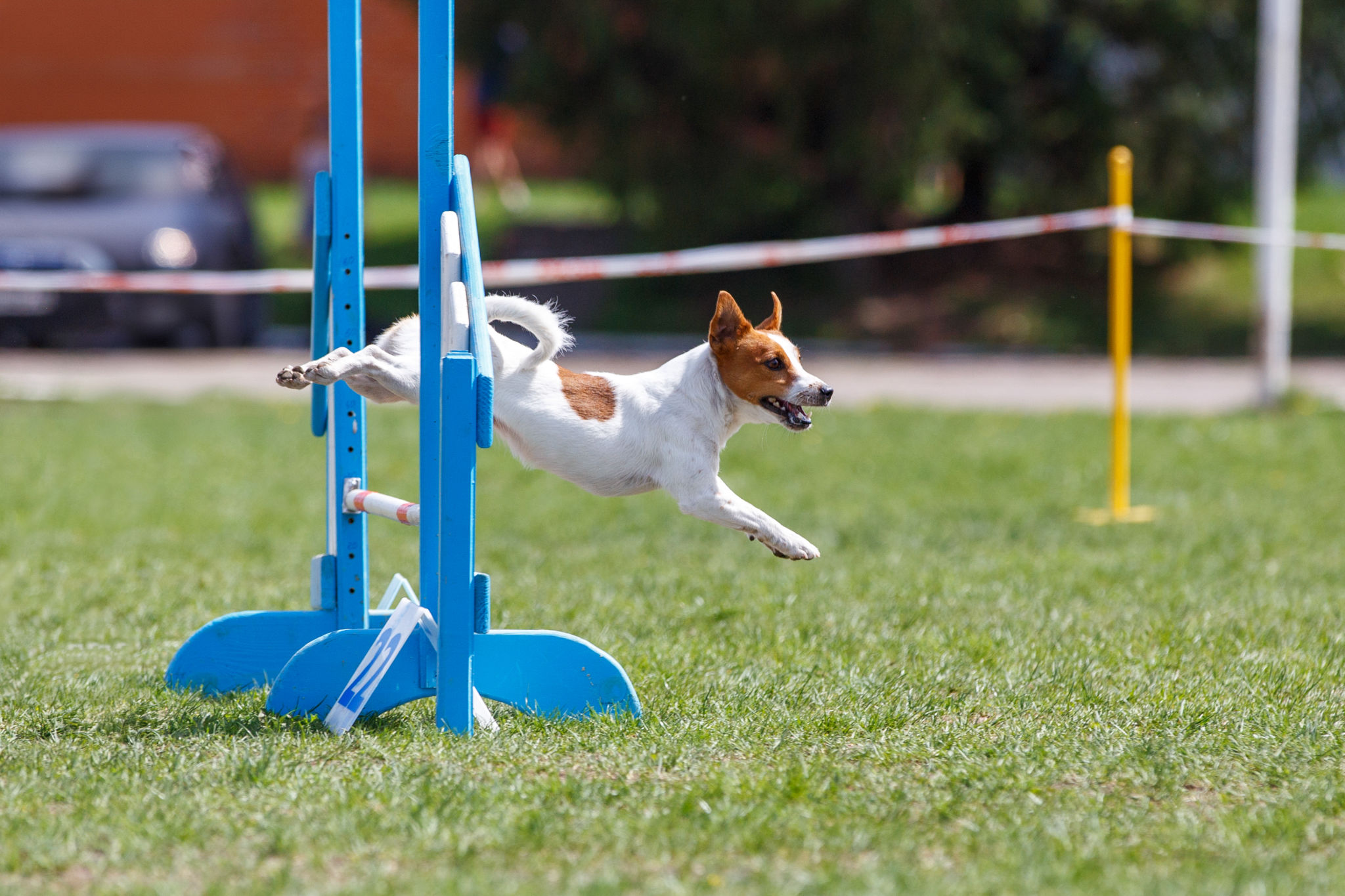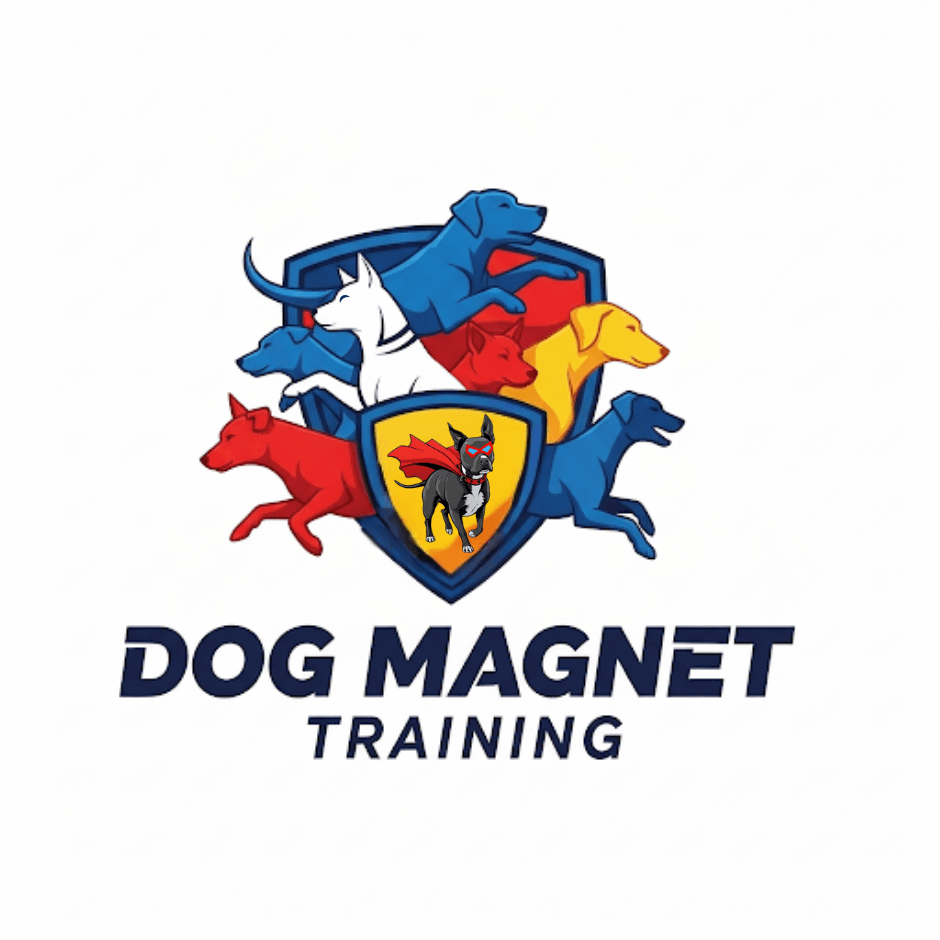DIY Dog Training Tips for Beginners
Understanding Your Dog’s Behavior
Training your dog can be a rewarding experience for both you and your best friend. One of the first steps in DIY dog training is understanding your dog’s behavior. Dogs communicate through body language, so take the time to observe their actions and reactions to different situations. This will help you tailor your training methods to suit their personality and needs.

Establishing Communication
Effective training begins with clear communication. Use consistent verbal cues and hand signals to convey commands. Dogs thrive on routine and repetition, so be sure to use the same words and gestures each time you give a command. Remember, patience is key, as it may take some time for your dog to learn and respond to these signals.
Positive Reinforcement
Positive reinforcement is a powerful tool in dog training. Reward your dog with treats, praise, or playtime whenever they successfully follow a command. This encourages them to repeat the behavior in the future. Be sure to give rewards immediately after the desired action, so your dog associates the reward with the behavior.

Setting Boundaries
Setting boundaries is crucial in helping your dog understand what is acceptable behavior. Use commands like "sit," "stay," and "leave it" to establish rules. Consistency is essential, so ensure everyone in your household uses the same commands and enforces the same rules to avoid confusing your pet.
Creating a Training Schedule
Developing a training schedule can help you and your dog stay on track. Dedicate a specific time each day to training sessions, keeping them short and engaging to maintain your dog’s attention. Incorporate training into daily activities, such as practicing commands during walks or playtime.

Socialization
Socialization is an important aspect of dog training, especially for puppies. Expose your dog to various environments, people, and other animals to help them become well-adjusted and confident. Gradually introduce new experiences, ensuring they are positive and stress-free.
Overcoming Challenges
Training a dog can come with its share of challenges. If you encounter difficulties, such as stubbornness or anxiety, it may be helpful to consult resources like books or online forums for tips and advice from experienced trainers. Remember, every dog learns at their own pace, so remain patient and persistent.
Maintaining Progress
Once your dog has mastered basic commands, continue to practice them regularly to reinforce their training. Introduce new challenges gradually, such as advanced commands or agility exercises, to keep their skills sharp and prevent boredom. Consistent practice helps maintain progress and strengthens the bond between you and your dog.

By following these DIY dog training tips, you can build a strong foundation for a well-behaved companion. Always remember that training should be a fun and positive experience for both you and your dog. With patience, consistency, and love, you can guide your best friend towards becoming a happy, obedient member of your family.
